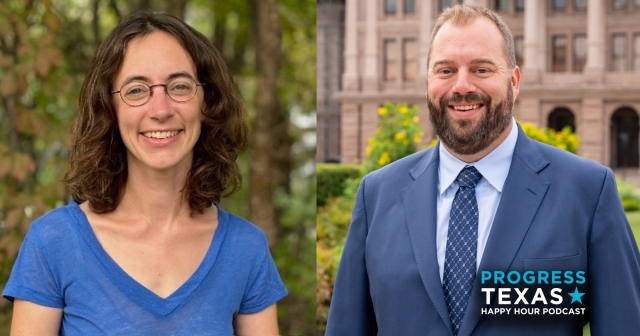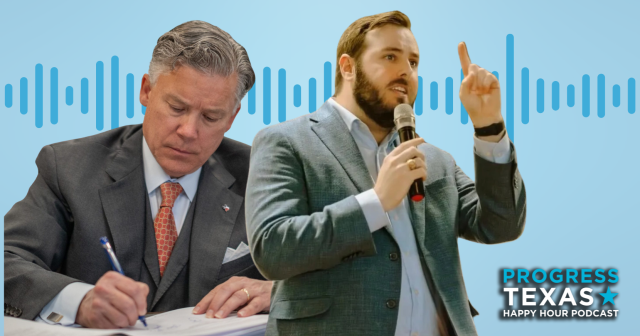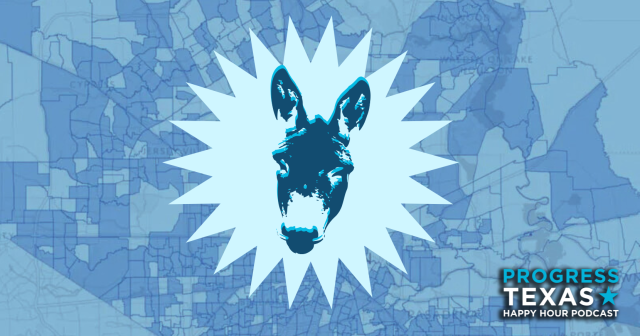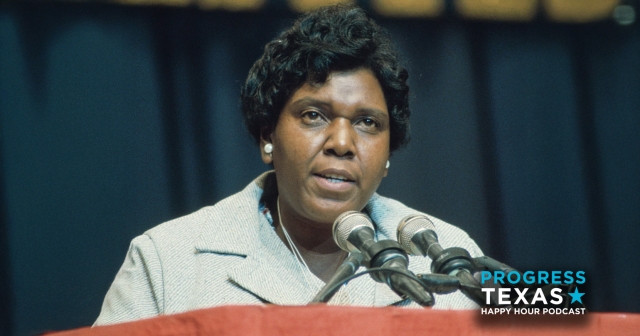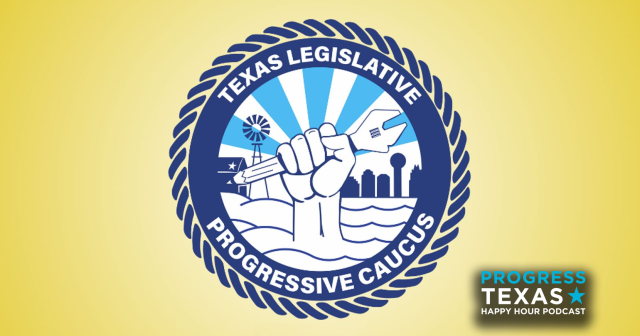Schoolhouse blues: The pandemic and public education
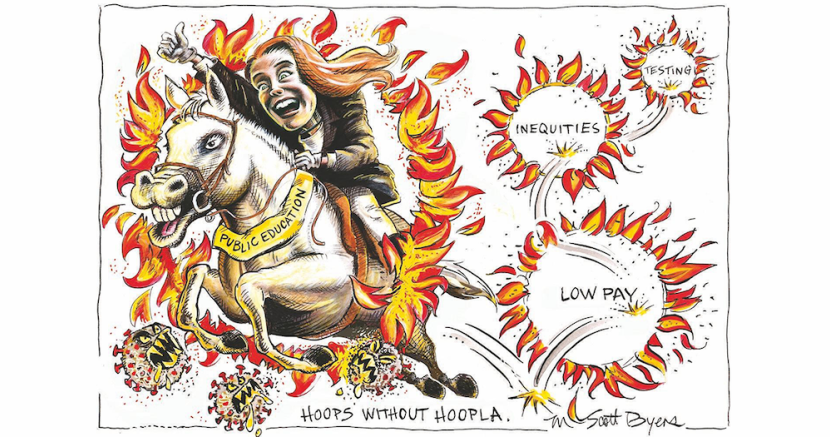
This article originally appeared in the Austin American-Statesman. Reprinted with permission.
Remember when we wished for endless summer?
We should have been more careful about what we wished for. COVID-19 is bringing us the longest school vacation ever, beginning in early spring and extending until... well, we don’t know when.
Back in June, there was talk from Gov. Greg Abbott, the Texas Education Agency, and school districts around the state, including the Austin Independent School District, that schools might re-open this fall, though under what restrictions remained unclear. The subsequent spike in the spread of the virus makes that very unlikely.
However, President Donald Trump is threatening to cut federal funds for schools that don’t fully open, a deadly, Lord Voldemort-like move that could turn our public schools into chambers of death during a pandemic.
If we ever wanted a wake-up call about the importance of public schools in our lives, the pandemic is ringing the bell.
Let’s begin with the kids. Dr. Sally Goza, the president of the American Academy of Pediatrics, recently told the TODAY show that beyond all-important-education, schools provide children “social and emotional skills, healthy meals and exercise, mental health support and other things that you just can’t get with online learning.”
If you’re older, close your eyes and imagine this. It’s Christmas, 2019. The winter/spring semester is around the corner. You’re looking forward to seeing old friends. Then, the door slams shut in your face. The one thing you long to do is stolen from you.
That’s what the young are experiencing today.
Single-parent families and families with two working parents are stressed and stretched. Many parents are among the “essential workers” who have to go to work. What do they do with their children who can’t go to school? When do they have time to even try homeschooling? How can they be there to support online learning?
Public education is the three-ring binder of our social and economic lives. Without it to help keep us organized, whether or not we have kids in school, we could come undone. It is that important to us all.
We don’t treat it that way. Consider how little we pay teachers and public education support staff. The inequities — like those in health care that put too many of our front line workers at risk — make the task of re-opening schools much more challenging and dangerous than it should be.
We speak of re-arranging classrooms to allow for social distancing among students. We stress the importance of masks and personal hygiene. But, what about the cafeteria professionals, custodians, librarians, counselors, teachers, administrators? How do we protect them and the families they return home to?
We seem to ask more of the workers we reward the least. Nothing new about that, really. The folks on the oars work harder than the guy with the whip who keeps them rowing.
The puzzle of how and when to open our schools seems almost unsolvable. We’re stuck in a devilish version of an old math mind-bender: A virus leaves the station heading toward us at breakneck speed while a return-to-normal approaches us earnestly if slowly, like a little engine that could. When do they meet?
While we wait for an answer, let’s renew our commitment to public education. Its value far exceeds what we pay for it today. Let’s fix that.
DONATE
Your donation supports our media and helps us keep it free of ads and paywalls.

